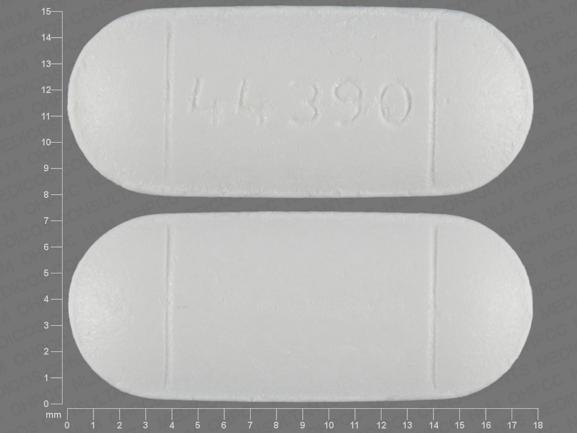Menstrual Relief Interactions
There are 607 drugs known to interact with Menstrual Relief (acetaminophen / caffeine / pyrilamine), along with 19 disease interactions, and 5 alcohol/food interactions. Of the total drug interactions, 23 are major, 564 are moderate, and 20 are minor.
- View all 607 medications that may interact with Menstrual Relief
- View Menstrual Relief alcohol/food interactions (5)
- View Menstrual Relief disease interactions (19)
Most frequently checked interactions
View interaction reports for Menstrual Relief (acetaminophen / caffeine / pyrilamine) and the medicines listed below.
- acetaminophen
- acetaminophen / hydrocodone
- Airborne (multivitamin with minerals)
- alprazolam
- atenolol
- Childrens Chewable Multivitamins (multivitamin)
- Claritin (loratadine)
- clonidine
- clorazepate
- cyclobenzaprine
- Desitin Creamy Diaper Rash Ointment (zinc oxide topical)
- Dimetapp Children's Cold & Cough (brompheniramine / dextromethorphan / phenylephrine)
- diphenhydramine
- Elidel (pimecrolimus topical)
- Eucerin Plus (emollients topical)
- fluoxetine
- hydrocortisone topical
- hydroxyzine
- ibuprofen
- lamotrigine
- levothyroxine
- lorazepam
- multivitamin with minerals
- mupirocin topical
- norethindrone
- ondansetron
- pantoprazole
- Pepcid (famotidine)
- propranolol
- sertraline
Menstrual Relief alcohol/food interactions
There are 5 alcohol/food interactions with Menstrual Relief (acetaminophen / caffeine / pyrilamine).
Menstrual Relief disease interactions
There are 19 disease interactions with Menstrual Relief (acetaminophen / caffeine / pyrilamine) which include:
- alcoholism
- liver disease
- depression
- cardiac disease
- hypertension
- psychiatric disorders
- PUD
- PKU
- anticholinergic effects
- asthma/COPD
- cardiovascular
- renal/liver disease
- glaucoma
- liver disease
- cardiotoxicity
- liver disease
- renal dysfunction
- seizure disorders
- GERD
More about Menstrual Relief (acetaminophen / caffeine / pyrilamine)
- Compare alternatives
- Pricing & coupons
- Reviews (3)
- Drug images
- Side effects
- Drug class: analgesic combinations
Related treatment guides
Drug Interaction Classification
| Highly clinically significant. Avoid combinations; the risk of the interaction outweighs the benefit. | |
| Moderately clinically significant. Usually avoid combinations; use it only under special circumstances. | |
| Minimally clinically significant. Minimize risk; assess risk and consider an alternative drug, take steps to circumvent the interaction risk and/or institute a monitoring plan. | |
| No interaction information available. |
See also:
Further information
Always consult your healthcare provider to ensure the information displayed on this page applies to your personal circumstances.


